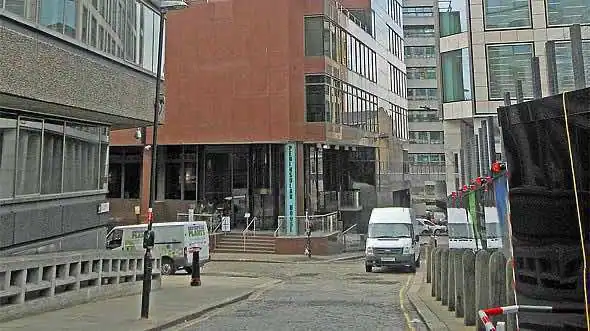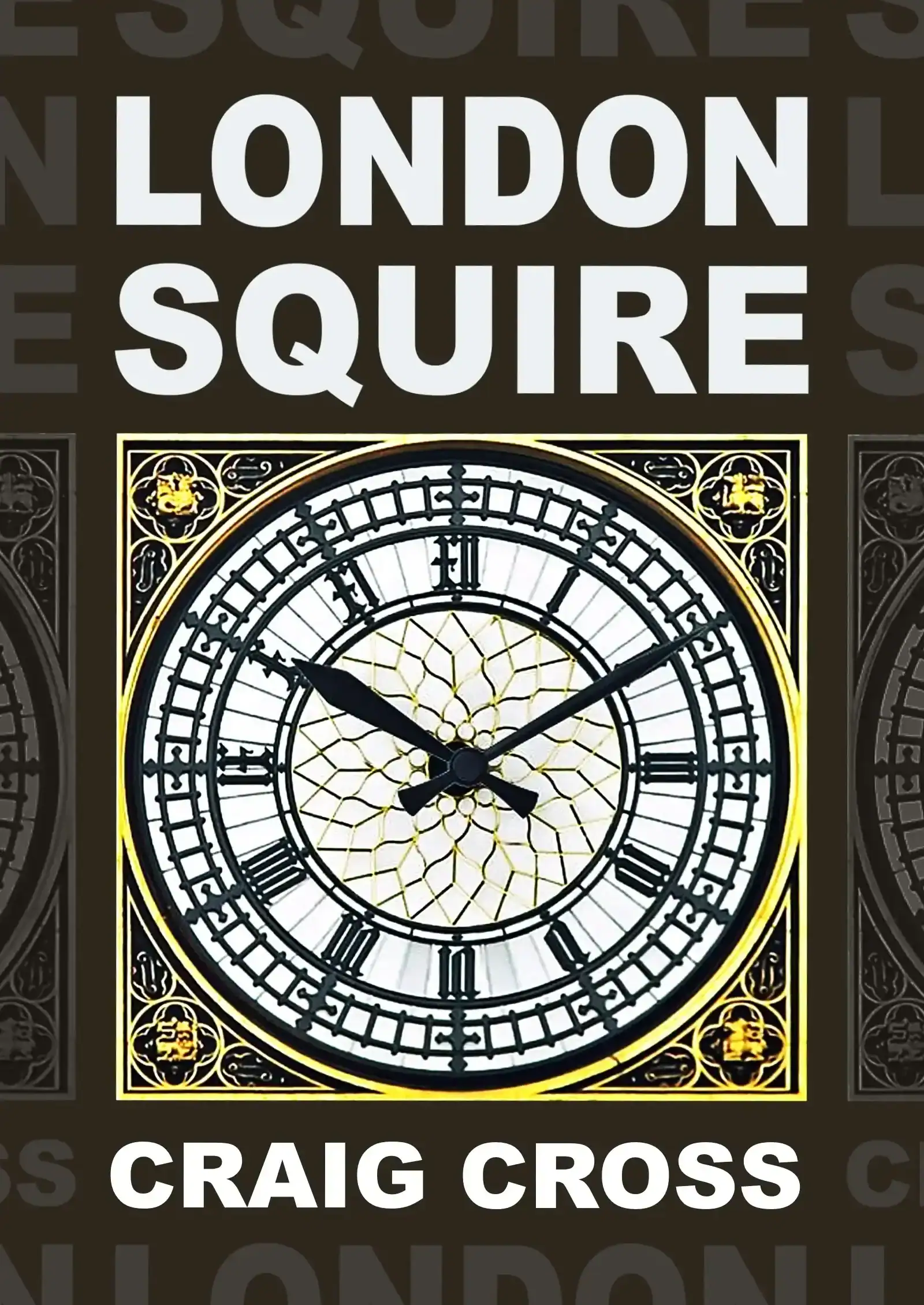
It’s not often that a lowly nobody like me gets the opportunity to change history, but if I was strolling down the river 350 years ago I could have smelt the burning buns and nipped into the bakers and said, “oy, mate… your cakes are on fire!” Because Thomas Faryner burnt more than his cakes that day – he burnt the entire city down to the ground.
The Great Fire of London, 1666
The most amazing thing to me is not that he did it, but that he somehow managed to get away with it scot-free. He swept up all of the cinders and kept his head down. He kept his mouth shut. He knew that sooner or later somebody would blame a foreigner, so imagine his relief when they started pointing their fingers at a Frenchman. And then imagine his guilt when they killed him.
The city… gone. People… dead. Mobs rampaging through the streets beating up the Catholics, attacking foreign nationals… thousands of Londoners destitute and desperate… Old St. Paul’s reduced to a pile of rubble. And all because he forgot to take his buns out of the oven. Nice one, Tom!
If you ask the experts to name two men who have made the biggest impact on London’s architecture then they’ll probably try and convince you that it was the classically trained Inigo Jones and Christopher Wren’s of this world, but deep down they know it was really a forgetful old baker and a homicidal maniac. Adolf Hitler wasted London with bombs – Tom did it with buns.
There’s nothing much to see in Pudding Lane nowadays other than The Monument next-door. It’s decorated with heavy metal shutters, courier bikes, concrete bollards and CCTV cameras. It might even be the ugliest street in London because the architecture is truly brutal. It’s post-war depresso – the kind of architecture that you really would want to burn down.
But I’m guessing that these buildings won’t burn because they’re all concrete, stone and steel. If the Great Fire of London sparked up again today then this street will still be standing, like the weevils at the end of a nuclear war.
It’s the kind of place that you pass through on the way to somewhere else. People have their heads bowed down as they amble down it, totally oblivious to the incredible history that once occurred here.
If you enjoy this then try The Monument (you can walk there in less than 1 min). You can learn a lot more about the Fire at the Museum of London, and see some paintings of it at the Guildhall Art Gallery
 The author Craig Cross owns city-guide.london and has spent the last decade reviewing the capital’s landmarks, attractions and hotels. His guidebook London Squire is available from Amazon
The author Craig Cross owns city-guide.london and has spent the last decade reviewing the capital’s landmarks, attractions and hotels. His guidebook London Squire is available from Amazon




Your comments and questions
DLong I'm interested in the fire of London and want to know whether they show the location of the bakers where the fire started
Craig Hi DLong. No, all they've really got is the plaque shown above which says "near this site". But I saw a program on the telly a while back which suggested that the fire didn't start in Pudding Lane at all. Faryner's shop was definitely in Pudding Lane, but the actual ovens were in the street nextdoor. So who knows!
Leave a comment